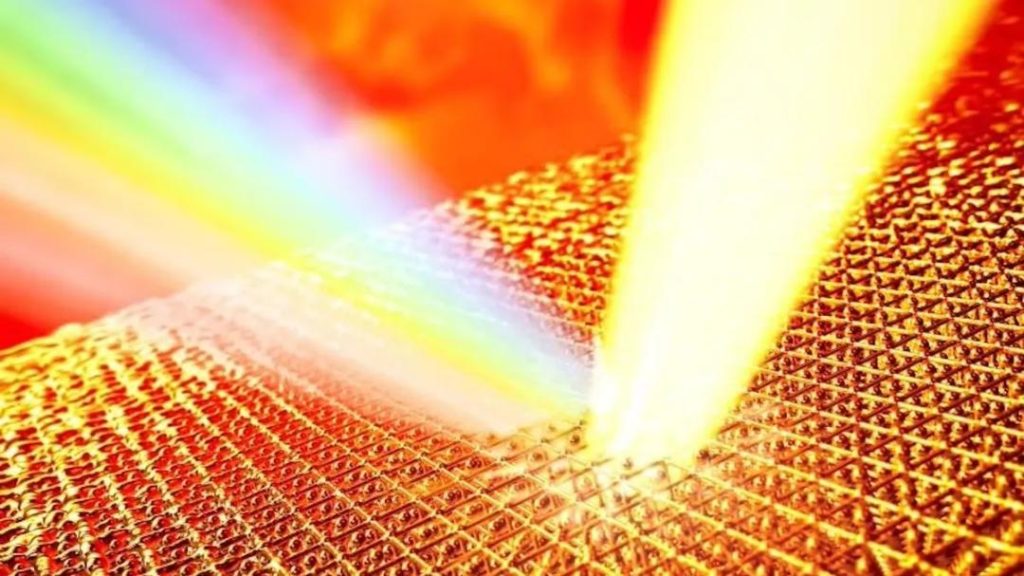
Gold Survives 33,740°F Heat, Shattering 40-Year Physics Theory
In a groundbreaking discovery that has left the scientific community abuzz, researchers at the SLAC National Accelerator Laboratory have successfully heated gold to a scorching 33,740°F (18,850°C) using ultrafast laser pulses. What’s even more astonishing is that the metal remained solid despite reaching an incredible 14 times its melting point. This remarkable feat has shattered a 40-year-old physics theory known as the “entropy catastrophe,” which posits that solids can only be superheated to around three times their melting temperature.
The research, published in the journal Nature, marks a significant breakthrough in our understanding of the fundamental laws of thermodynamics and the behavior of materials under extreme conditions. The findings have far-reaching implications for fields such as materials science, chemistry, and physics, and have the potential to revolutionize the way we design and engineer materials for various applications.
To achieve this remarkable feat, the researchers employed a novel technique called “ultrafast laser-induced melting.” This involved using a powerful laser to heat the gold sample in a matter of femtoseconds (10^-15 seconds), creating a superheated state that would normally vaporize the metal instantly. However, the team discovered that the gold remained solid, defying the conventional wisdom of entropy catastrophe.
“We were astonished when we saw that the gold didn’t vaporize,” said Dr. David Reis, a physicist at SLAC and leader of the research team. “We thought we had made a mistake, but as we analyzed the data, we realized that the gold was indeed remaining solid at temperatures that would normally cause it to vaporize instantly.”
The researchers used a combination of advanced imaging techniques, including X-ray laser pulses and electron microscopy, to study the behavior of the gold sample at the atomic level. They found that the gold atoms remained tightly packed, with no signs of vaporization or melting, even at temperatures that would normally cause them to break apart.
The implications of this discovery are profound. For decades, scientists have been limited by the entropy catastrophe theory, which held that solids could only be superheated to a certain point before they would inevitably vaporize. This limitation has had significant implications for the development of new materials and technologies, as scientists have been forced to work within the constraints imposed by the entropy catastrophe.
The SLAC research, however, suggests that this limitation may not be as strict as previously thought. The discovery of gold’s ability to remain solid at extreme temperatures opens up new possibilities for the development of advanced materials and technologies that can withstand extreme conditions.
“This breakthrough has the potential to revolutionize the way we design and engineer materials,” said Dr. Reis. “Imagine being able to create materials that can withstand extreme temperatures, or materials that can survive in environments that would be hostile to most other materials. This is the kind of breakthrough that could have far-reaching implications for a wide range of fields.”
The research team is already exploring the potential applications of this discovery, including the development of new materials for extreme environments, such as spacecraft or nuclear reactors. They are also working to understand the fundamental physics behind the phenomenon, with the goal of developing new theories that can explain the behavior of materials under extreme conditions.
In conclusion, the discovery of gold’s ability to survive 33,740°F heat is a groundbreaking achievement that has the potential to reshape our understanding of the fundamental laws of thermodynamics and the behavior of materials. As scientists continue to explore the implications of this discovery, we can expect to see a wide range of new technologies and innovations emerge, all made possible by the remarkable properties of gold.
Source:






